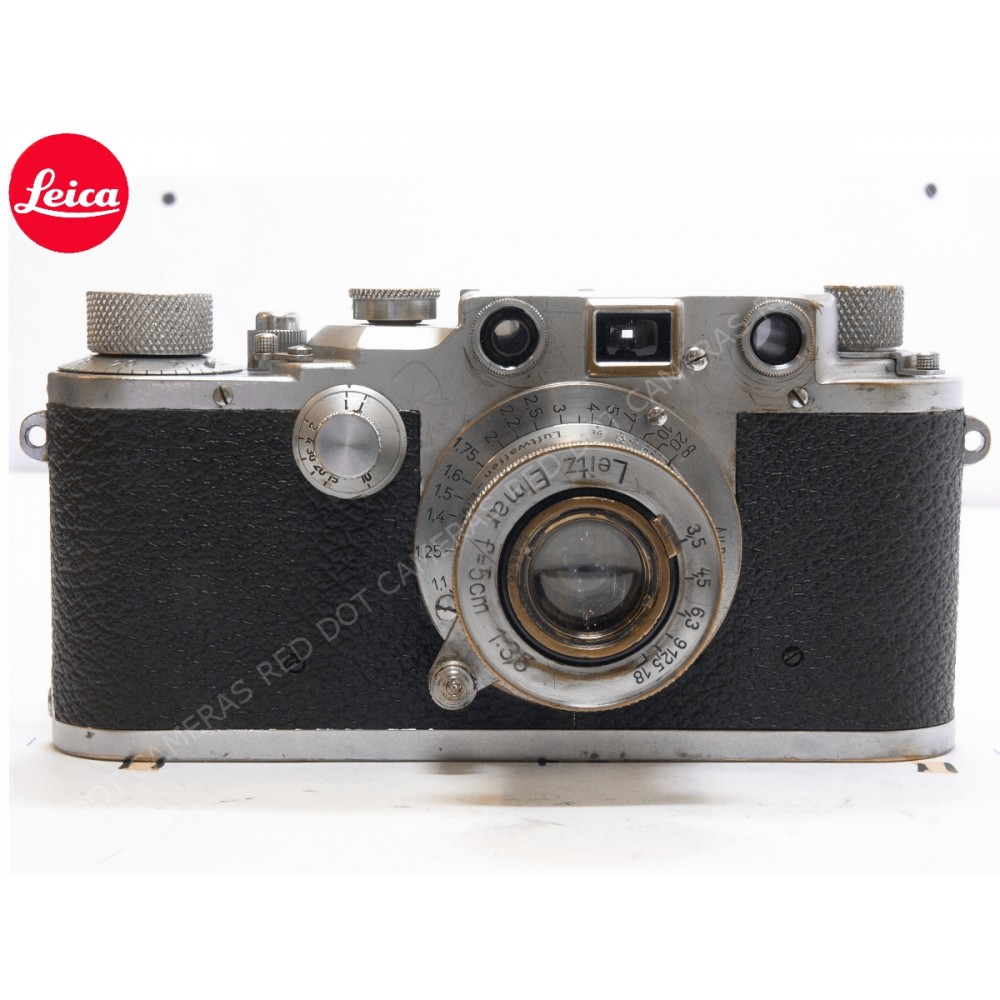Leica Luftwaffe Serial Numbers

• Code names - 10800 KOOHE (body only) - 10308 (body only w/ self-timer) - 10300 = (body only w/o selftimer) - 1964 catalog KEZOO = KOOHE + ELMAM () KIHOO 10333 = KOOHE + ELMOM () KIOOL 10336 = KOOHE + SOMNI () KOOIW = KOOHE + SOOIA () - 1958 catalog • Production era - 1957-1968 >93,221 assigned numbers (per list below) including ca. 82,000 chrom, 1851 black, 5900 self-timer • Variants - Vorlaufwerk - w/ self timer, Luftwaffe - German air force (gray), ELC - E.Leitz Canada, NASA - US space program, KS-15 (4) Vietnam era camera w/ M4 rapid loading system for US Army (issue of 874 per, M-2R - KS-15 civilian version per • Manuals & brochures • Courtesy of Joe Chan • Courtesy of Joe Chan • (in German) • Craftsman's Monty Witt • Courtesy of John Giordano • • Courtesy of Mike Butkus Comment • The M2 was the second in Leica's line of M-bayonet cameras and was sold alongside the as a lower cost variant. Sold between 1958 and 1966 (although production is known to have begun in 1957), the M2 featured redesigned rangefinder optics with a finder magnification of 0.72, which allowed for the inclusion of 35mm brightlines - a first for a Leica rangefinder (the full range of brightlines were 35, 50 and 90 mm). The M2 also differed from the in using a top casing lacking the former model's ornate frames around the various windows, an external, manually reset exposure counter, and (initially at least) the deletion of the delayed action self timer. • There were a number of variations to the M2 produced during its production run, and at least two further versions sold after production had officially ceased. Initially the M2 was launched with a push-button rewind release, but this proved unpopular and was replaced within the first year of production with a lever. The self-timer was also offered as an option during the first year (M2 X), before becoming standard equipment later in the camera's lifespan.
Additionally versions of the M2 were sold together with the Leicavit rapid winder and marketed as the (a replacement for the discontinued Leica MP). • In 1969 a limited run of M2s with the rapid loading system from the M4 were made available to the public, sold as the Leica M2-R. These cameras had been developed for the US military, and were effectively being sold as army surplus through Leica dealerships. • The M2 became the basis for all subsequent M-series film cameras.
The upgraded cameras retained their original serial number. [full citation needed]. In 1996 Leica Camera separated from the Leica Group and became a publicly owned.
So I’ve always liked to collect cameras. The majority of them are not terribly rare or valuable, just interesting. My favorite cameras are Leica’s, which unfortunately are quite expensive to collect. I have one that I use but it’s not really a collectible, it’s just a tool.
During World War II, Leica made cameras for civilians and for the military. They usually marked the military ones with which branch of service they were going to be used in.
Luftwaffen-Eigentum for the Air Force, Heer or W.H. (Wermacht Heer) for the Army, and M or M with a Reichsadler (Swastika with Eagle) for the Navy. If they had a special shutter with ball bearings for more robustness especially in the Eastern Front, they were usually labeled with a K by the serial number, and or a K on the shutter curtain itself. The IIIc with a step by the rewind switch w as the version made during the war.
Since I love both Leica cameras and all things WW2, my goal was always to own a IIIc for my collection. I had decided long ago that it would be so hard and unlikely to ever find a real military version that I was going to have to be satisfied with one made during the war that was of the same look and design but for civilians. No one knows how many military versions are still in existence but it is thought to be in the hundreds that survived the war. Most were either lost during, or were defaced after. Golf Tournament Poster Template Free there. Most Germans after the war did not want to be seen with something with military engravings in case they were thought a Nazi, so they would usually sand or grind off the markings so they couldn’t be seen anymore.